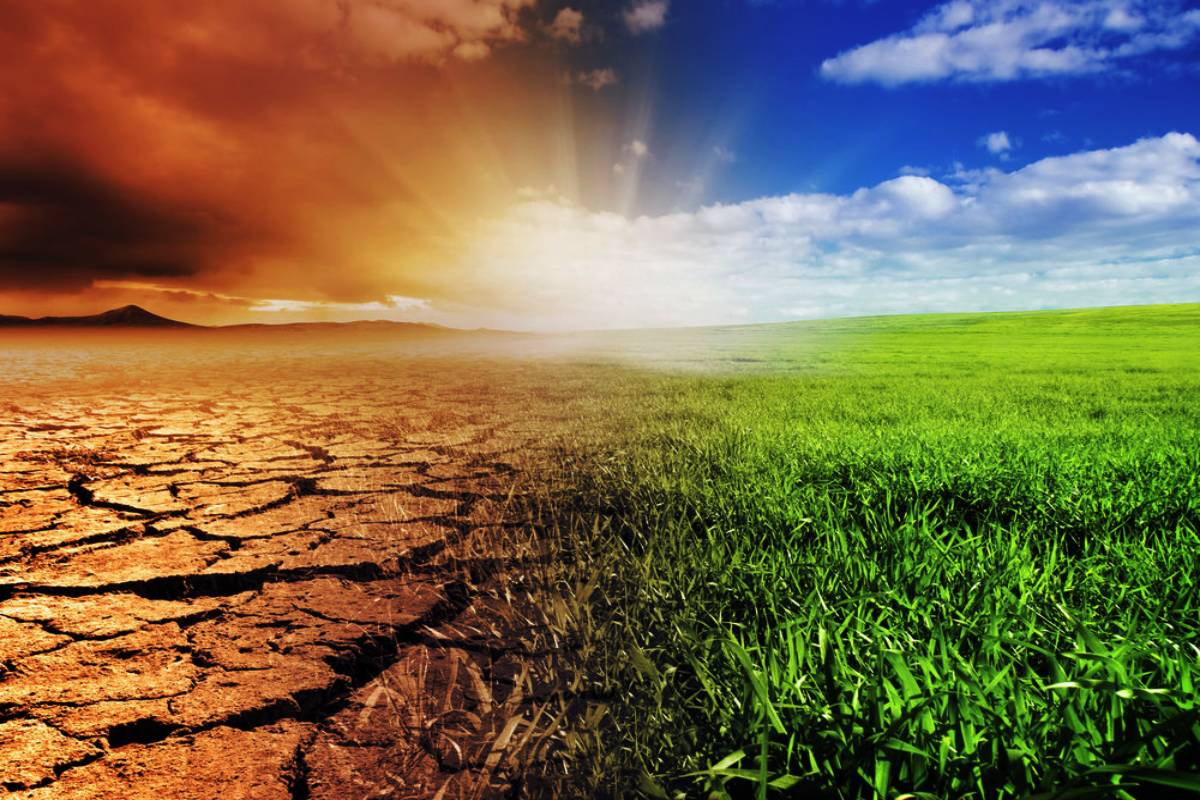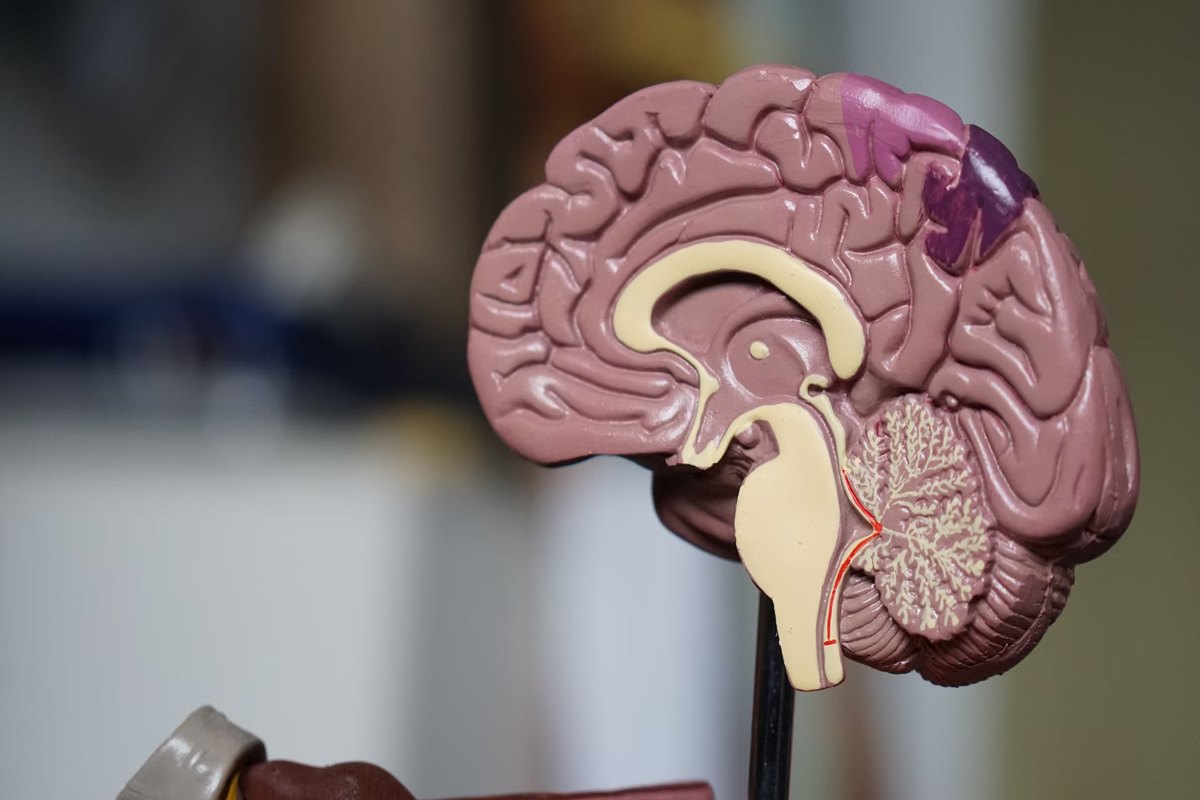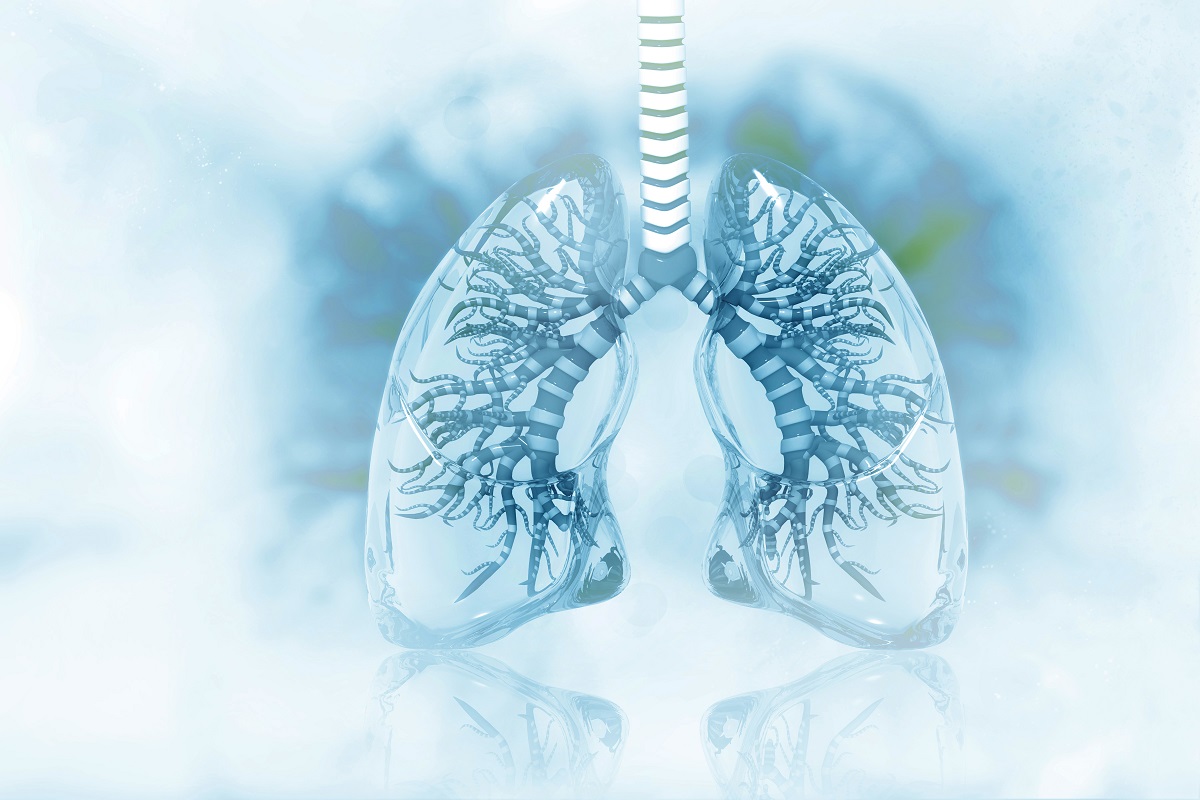Researchers find mechanisms that may lead to inflammatory bowel disease
A team of scientists has discovered mechanisms of abnormal immune cell function that may lead to Crohn’s disease, an inflammatory bowel disease (IBD).

A team of scientists has discovered mechanisms of abnormal immune cell function that may lead to Crohn’s disease, an inflammatory bowel disease (IBD).

The earth has just witnessed its hottest January on record, defying expectations and leaving climate scientists scrambling for answers.

Parkinson's disease (PD) is one of the most common neurological disorders caused by the death of dopamine-secreting neurons in the brain due to aggregation of synuclein protein inside it.

A team of scientists has developed a new method of scanning lungs that is able to show the effects of treatment on lung function in real time, enabling them to see the functioning of transplanted lungs.

Scientists at the Bose Institute, an autonomous institute of the Department of Science and Technology (DST), have studied archaea -- a domain of ancient organisms -- to find clues to survival strategies of microorganisms by adapting to harsh conditions with the help of their toxin-antitoxin (TA) systems.
Experts at an ongoing conference in New Delhi have stressed the need for understanding therapeutics to deal with diseases across the globe.
To determine the size of the ring particles, UVIS observed them when the instrument was pointed at the Sun, looking through the rings in what is known as a solar occultation.
Understanding what causes the superior auditory ability in WBS patients may provide a target for treating the disease in addition to helping advance research on the ability to discriminate between sounds.
One study of 526 patient trials in anesthesiology found that 8 per cent had fake data and 26 per cent were critically flawed.
With the country in vast amounts of debt and inflation sky-high, the government doesn’t have enough money to import fuel, exacerbating food shortages.
